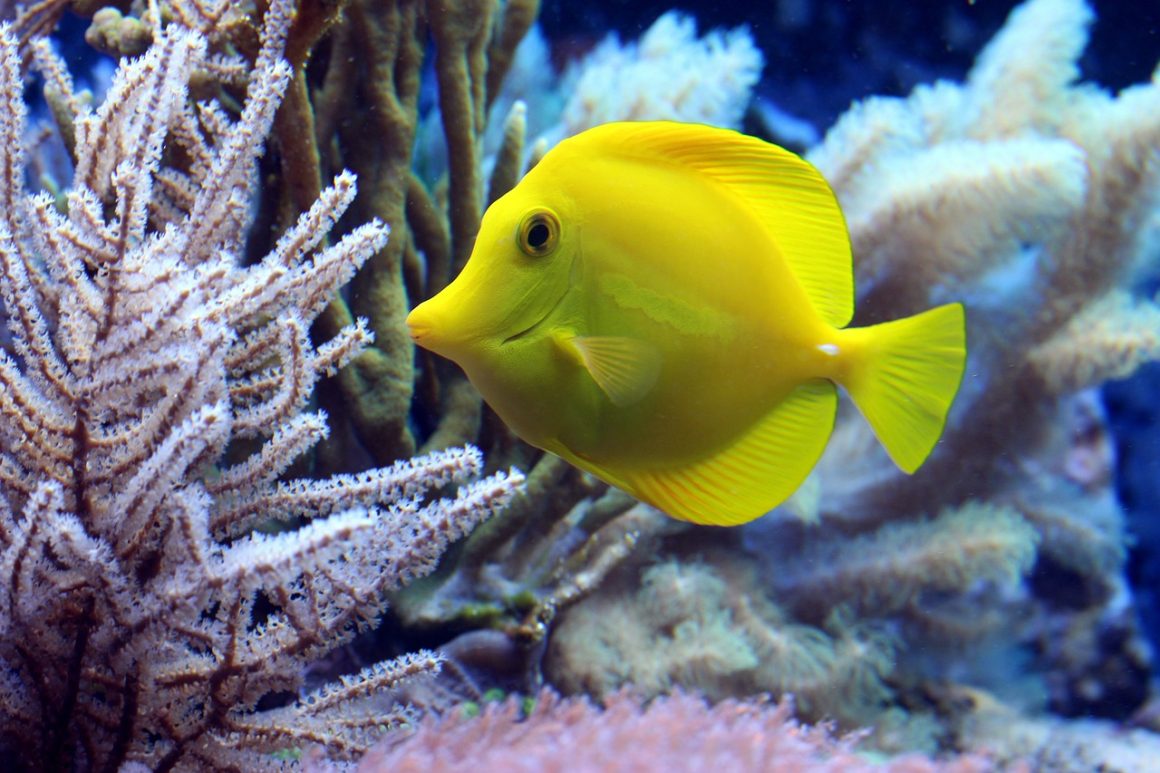The ocean is teeming with life, but not all creatures live the same way. Nekton, a fascinating group of aquatic animals, stand out for their remarkable ability to actively swim and navigate the vast open water. Let’s dive in and explore these masters of their watery domain.
Masters of Movement
Nekton are distinguished from their counterparts by their remarkable ability to propel themselves through the water. Unlike plankton, which drift passively at the mercy of currents, nekton possesses specialized adaptations for powerful swimming. These adaptations can include streamlined bodies, muscular tails, and fins that provide efficient propulsion.
From Giants to Tiny Speedsters
The nekton world is incredibly diverse, encompassing a vast array of creatures. From the majestic giants of the sea, like whales and dolphins, to the sleek and agile fish that dart through coral reefs, nekton comes in all shapes and sizes. Even some invertebrates, such as squid and octopuses, with their jet propulsion capabilities, qualify as nekton.
Navigating the Open Ocean
Nekton have evolved remarkable sensory adaptations to thrive in the vast openness of the ocean. Keen eyesight allows fish to spot prey and predators from afar. Dolphins and whales rely on echolocation, emitting sound waves and interpreting the echoes to navigate and locate food sources. Sharks possess an incredible sense of smell, allowing them to detect blood from prey miles away.
A Call for Conservation

Nekton face a multitude of threats, including overfishing, pollution, and habitat loss. Protecting these vital members of the marine ecosystem is crucial for the health of our oceans. Sustainable fishing practices, stricter regulations on pollution, and marine protected areas are all essential steps towards ensuring the future of these fascinating creatures. OBLU XPErience Ailafushi, a well-renowned Maldives diving resort, leads by example in ensuring sustainable practises are followed.









